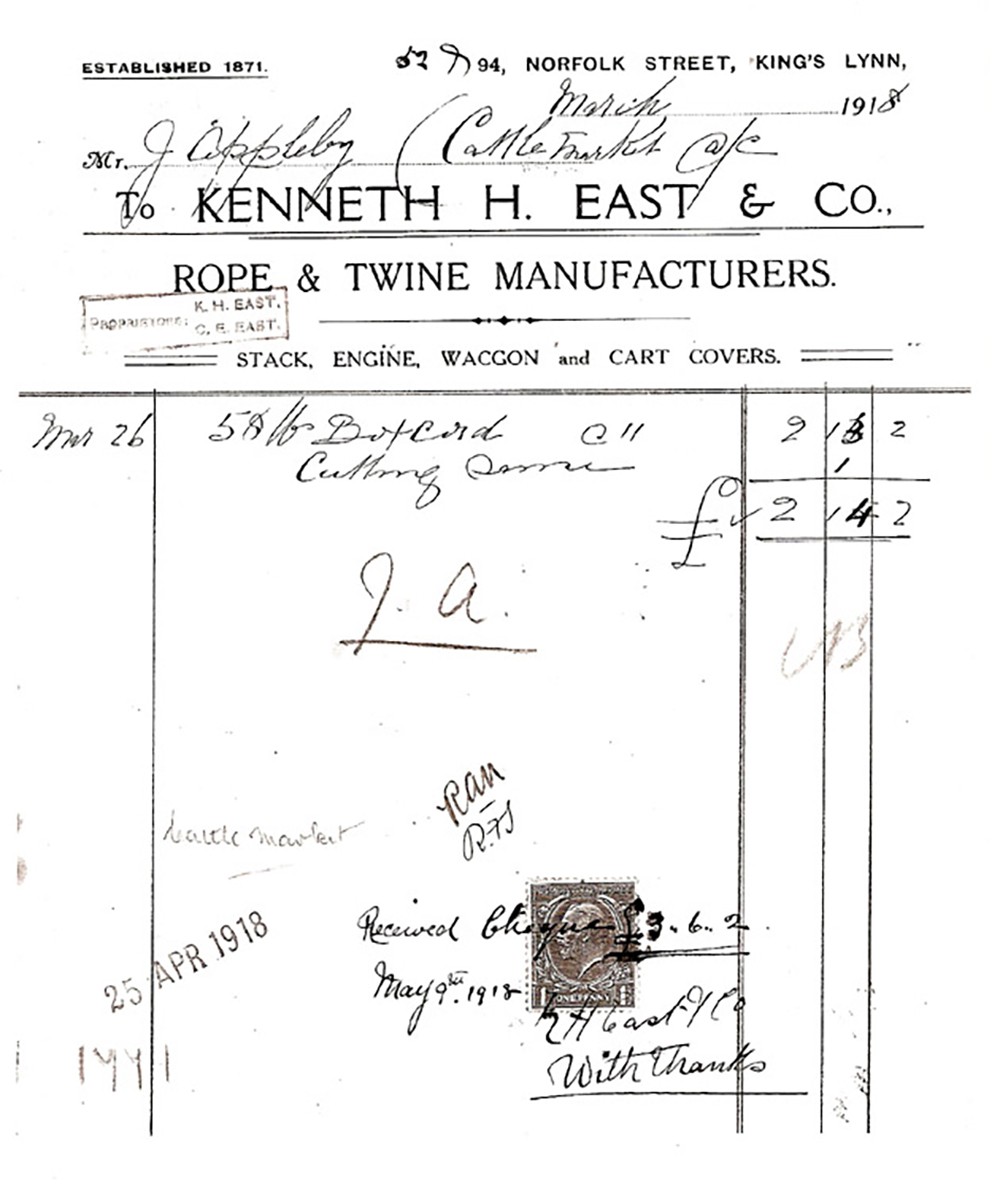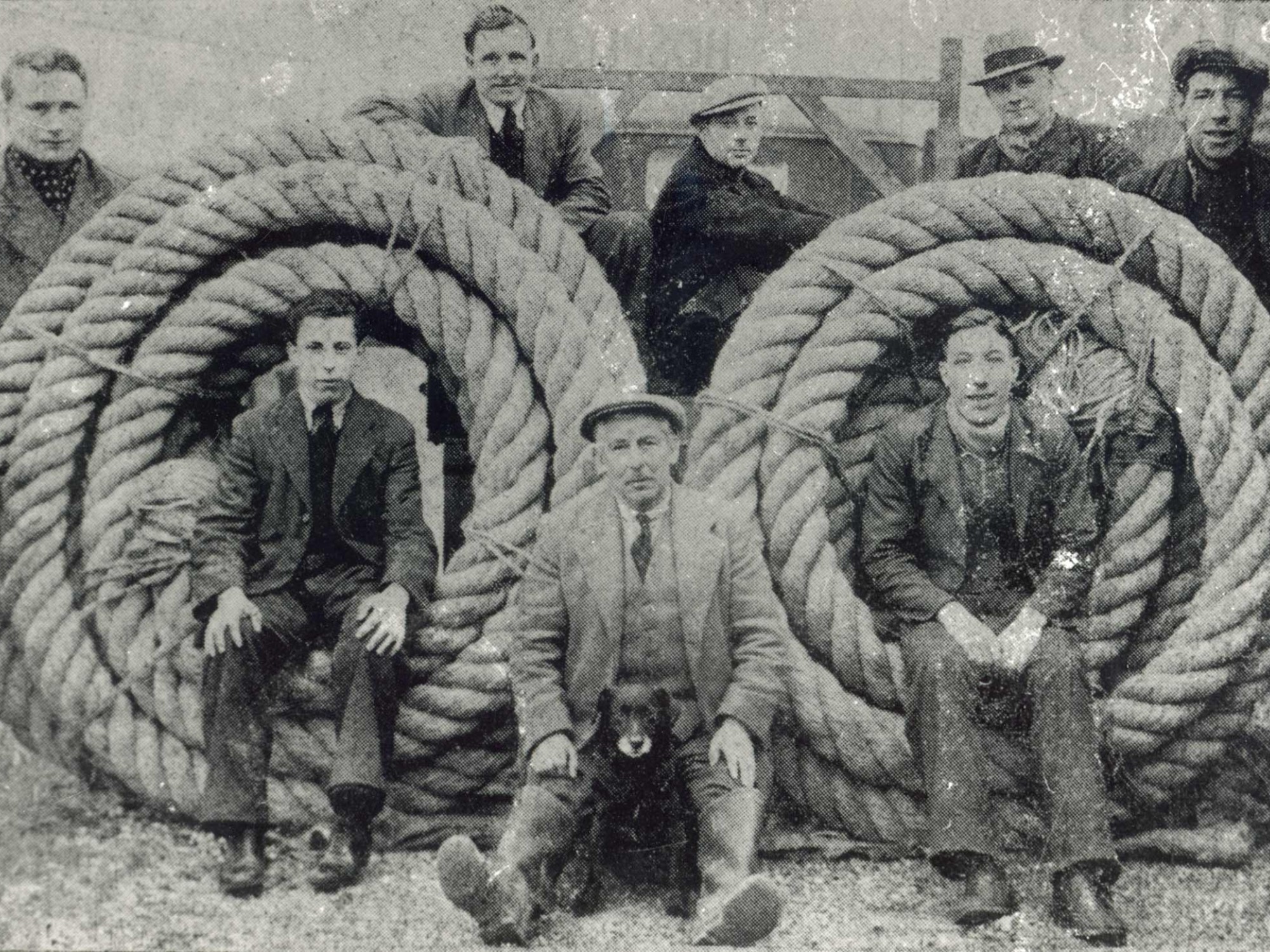
Reflecting on Lynn’s remarkable rope making heritage
With a rich history intertwined with rope making, King’s Lynn was filled with thriving rope walks for more than 600 years, until the eventual decline of the enthralling craft
Now considered an endangered heritage craft, with only a handful of known professionals left in the UK, rope making is a fascinating skill that stretches back thousands of years. Evidence suggests the ancient Egyptians were the first to develop the basic tools and techniques, although the materials incorporated in the Middle East differed greatly to those used in England later on. As a town renowned for its maritime history and strong roots in fishing, King’s Lynn naturally supported associated trades such as sail making, boat building, boat repairs and rope twisting.
“Hemp was typically the material of choice when rope making was introduced in the UK. This was initially grown locally by monks and then farmers, but was later imported from Baltic countries,” explains local expert David Andrews. “According to Tom East, the son of the very last rope maker in King’s Lynn, hemp was bought in the form of chains. These were prepared and made into rope by twisting or braiding strands of fibre together.”
An intricate and specialised process, traditional rope making required a straight piece of ground spanning around seven yards wide and 100 yards long. This was known as a ropewalk, of which there were at least nine in King’s Lynn over the years.
“Unlike some of the Royal Navy ropewalks set inside in permanent buildings, all of the walks in our town were outdoors and the earliest record of one we can find dates to 1559,” says David. “However, I can say without a shadow of a doubt that they existed in Lynn long before this as ships were being built and fitted out here from at least 1336.”
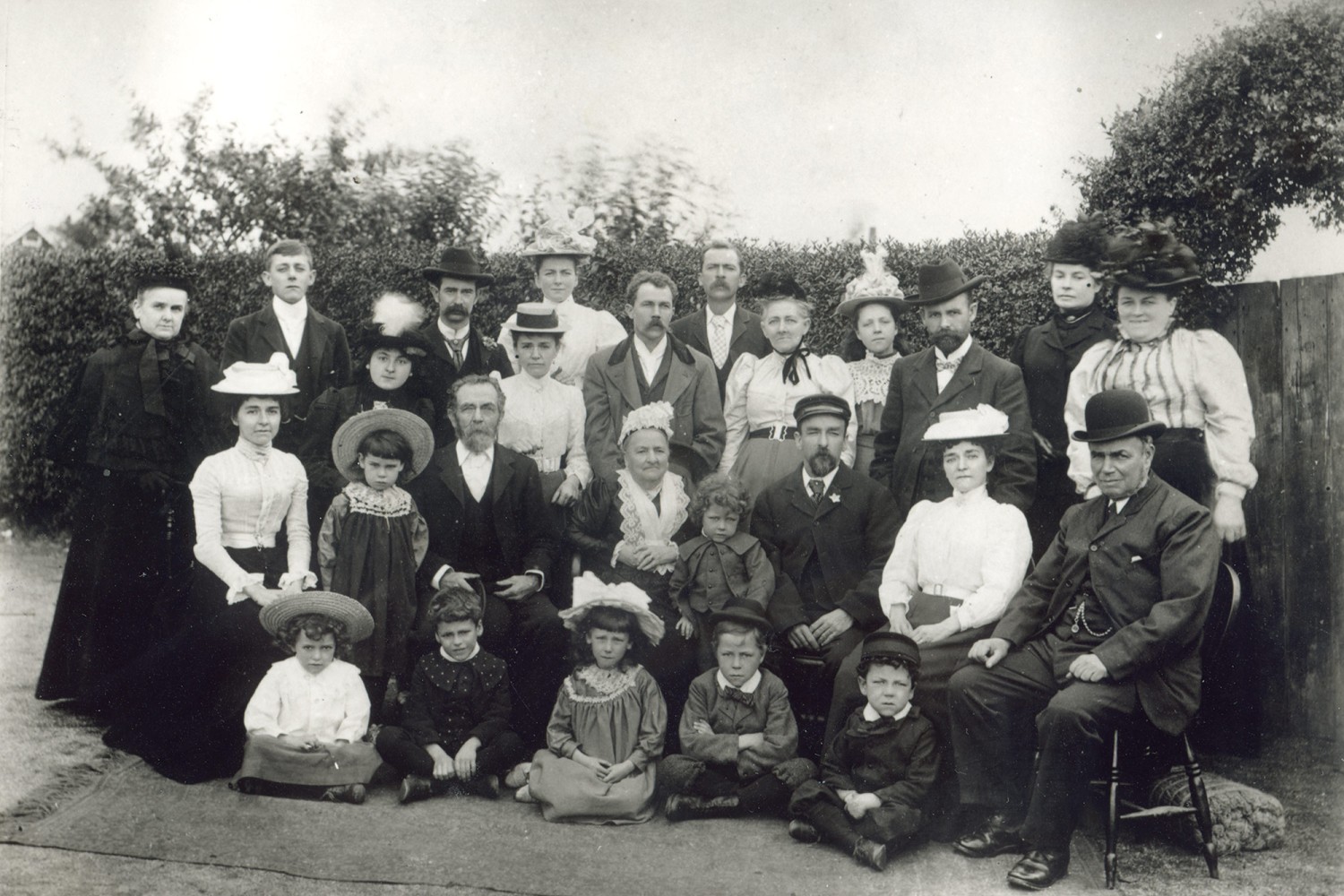
ABOVE: The East family were the last of the Lynn rope makers to remain in business (circa 1890).
With a few of these historic routes still dotted around King’s Lynn today, signs of the heritage craft remain visible to keen eyes. Take a stroll down the aptly named ‘Rope Walk’ on the North side of Loke Road (between Edma Street and Burkett Street) and you’ll find a line of bricks in the path. This is thought to mark where the boundary of the rope walk once stood, with ropes meticulously stretched out here for twisting and laying. These industrial remains are sadly all that’s left of the once vibrant Long Pond site; one of the last ropewalks in operation in King’s Lynn.
As you tread upon this path once dominated by the rhythm of the turning of the wheels of the jack, it’s not hard to be transported back in time; to close your eyes and imagine the sounds of the fibres being worked and the communal atmosphere of a craft that supported the livelihoods of many.
“I believe the very last rope walk to close was located on the right-hand side of Salters Road, which is famously where the thickest rope made in King’s Lynn originates from,” says David. “It was run by the renowned East family for many years and remained active for around two centuries, only closing in 1962.”
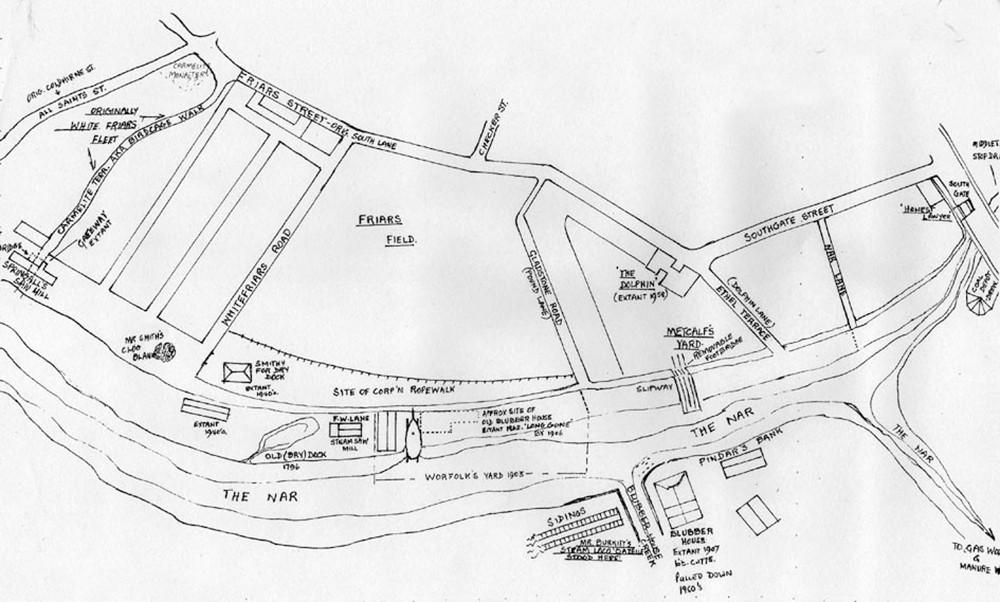
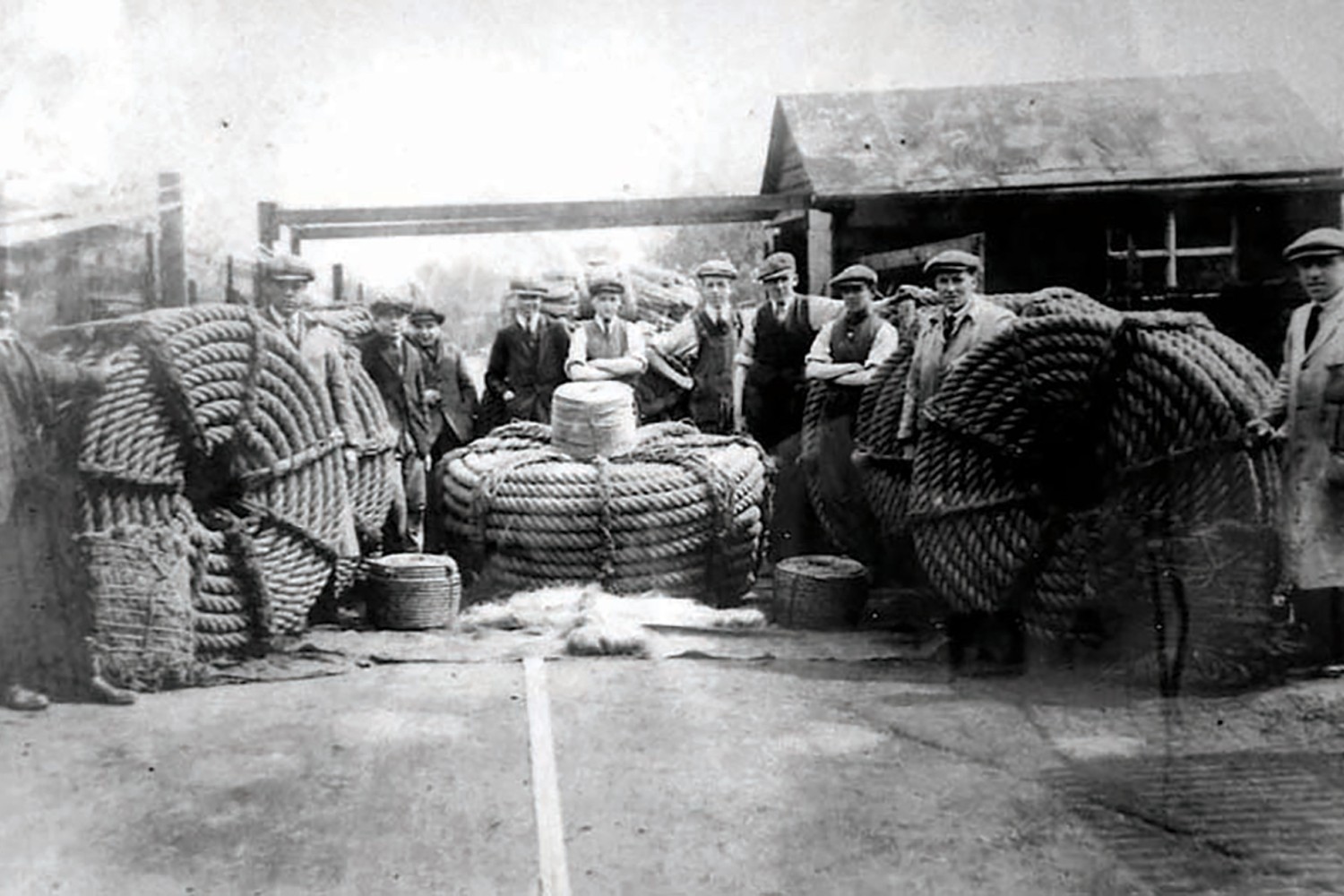
Other ropewalks known to be in existence throughout the course of the town’s rich rope making era include the Friars ropewalk, the Old Gannock ropewalk, Blackfriars ropewalk, East Gates ropewalk, Highgate School ropewalk, St. James ropewalk and Austin Street ropewalk. The land would have passed through many hands during their active years, with a number of rope makers, apprentices and workers earning a living from the trade. Names such as Thomas Robyson, Robert Weshott, Kenneth H. East and William Wildbur fill the pages of old documents, leaving behind a paper trail that brings rope making to life from beyond.
“Business was booming up until the 19th century,” says David. “Thanks to a thriving ship building industry and the whaling trade that was based out of Lynn between 1776 and 1821, things were especially good in the latter part of the 18th century. However, demand took a turn for the worse in the 19th century.”
The nail in the coffin was the introduction of alternative, more modern materials such as steel cables for use with steel ships, and later, polypropylene rope.
To benefit from David Andrew’s unrivalled knowledge and learn all there is to know about the craft’s local connections, dive into the detailed publication ‘The Rope Makers and Ropewalks of Lynn’ available from True’s Yard Fisherfolk Museum. It’s a tribute to the enduring legacy of a craft that, though no longer practised here, remains an indelible part of the town’s identity.
“It just killed the industry for Lynn,” David says. “It’s sad to think that rope making has vanished from the town, but I’ll always remember my strolls down Salters Road ropewalk as a boy, the rope stalls on the old cattle market, and the wonderful smell of rope and Stockholm tar that came from East’s rope shop on Norfolk Street. Through our memories, the craft will stay alive.”
PICTURES: © True’s Yard Fisherfolk Museum
